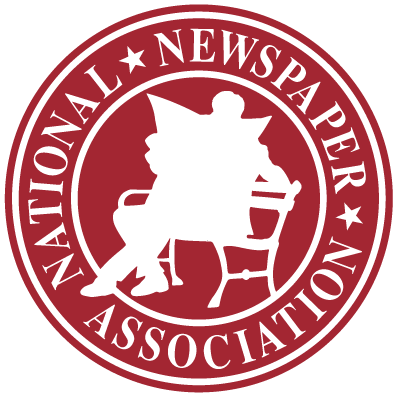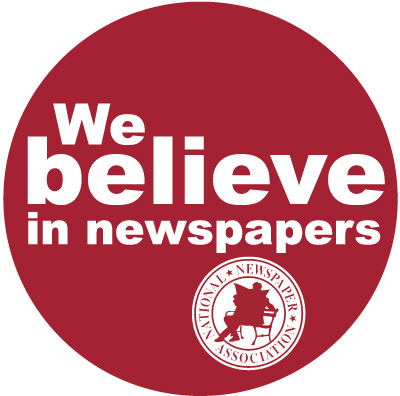Holding court with your news sources
Jun 9, 2014
Jim Pumarlo
Everyday Ethics
A newsroom’s lifeblood is its ability to keep a pulse of the community and deliver timely reports. Uncooperative news sources often create detours and roadblocks.
Editors and reporters routinely are challenged in tracking down information from public officials, even when the laws governing open meetings and public data are on your side. What were the real reasons for not renewing a superintendent’s contract? Why is a developer threatening a lawsuit against the city council? Why won’t the county board release the proposed sites for storage of hazardous waste?
The challenges can be even greater in the private sector, where individuals and companies are not subject to the same rules as public bodies for releasing information. Yet the news can often be more compelling to share with readers than what transpires at a city council meeting. What was the margin of the vote to strike at the paper mill, the city’s largest employer? What caused the plant explosion, and how many people were hurt? Will current employees be affected by the announced merger of the local hospital and clinic?
Editors can readily add to the list of their everyday frustrations in recording the living histories of their communities. Blood pressure rises for good reason.
But all editors should ask themselves: When’s the last time you sat down with news sources—in a calm and nonconfrontational atmosphere—and had a conversation about why you press so hard for information, why you believe your community is better for sharing this information?
Some opportunities are ready-made. I recall when a new law firm was selected to represent our city. The attorneys conducted an orientation for members of boards and commissions. Topics included public meeting procedures, liability exposure for elected and appointed officers, the open meetings law, and ethics in government. I attended and was pleasantly surprised that our newspaper and the attorneys were aligned on many interpretations of the state’s public access laws. But not in all cases. I shared our observations in a column, letting readers know what that meant in terms of gathering and delivering the news we believed they were entitled to know.
Newspapers also are wise to take the initiative. For example:
• Our policy was to identify high school athletes who were suspended from contests because of high school league or school district policiy violations. Not surprising, the policy had its detractors among coaches, parents and athletes. I attended a quarterly meeting of the coaches to explain and discuss our rationale, and addressed the topic in a column to readers.
• We frequently fielded complaints from law enforcement as to why we were aggressive in our pursuit of “bad” news—for example, the suspension of a firefighter—but came up short in recording their heroics. We connected and, after a brief discussion, discovered that the opportunities for coverage—for example, firefighters battling a fire—often occurred “after hours” in the middle of the night. We immediately armed the department with 24/7 contact information for our staff.
• The local manufacturers association invited me to present at its monthly meeting. My remarks focused on the importance of businesses sharing bad news, as well as good news. The interaction with business leaders made for an excellent column.
In a nutshell, newsrooms ought to lay out a plan for regularly connecting with news sources. The mindset should not be to convince others that your pursuit of news is the right way or the only way. Rather, you should strive for a common understanding of why it’s important to share all the news—the routine and the sensitive.
Journalists are equipped with many tools under the letter of the law to gather information. Reporters should be equally aggressive in advancing their requests based on the spirit of openness. The opportunity to deliver the facts—straight from the source—is one of the strongest arguments editors can present to those otherwise hesitant to share information important to your community. © Jim Pumarlo 2014
Jim Pumarlo writes, speaks and provides training on community newsroom success strategies. He is author of “Journalism Primer: A Guide to Community News Coverage,” “Votes and Quotes: A Guide to Outstanding Election Coverage” and “Bad News and Good Judgment: A Guide to Reporting on Sensitive Issues in Small-Town Newspapers.” He can be reached at www.pumarlo.com and welcomes comments and questions at jim@pumarlo.com.







